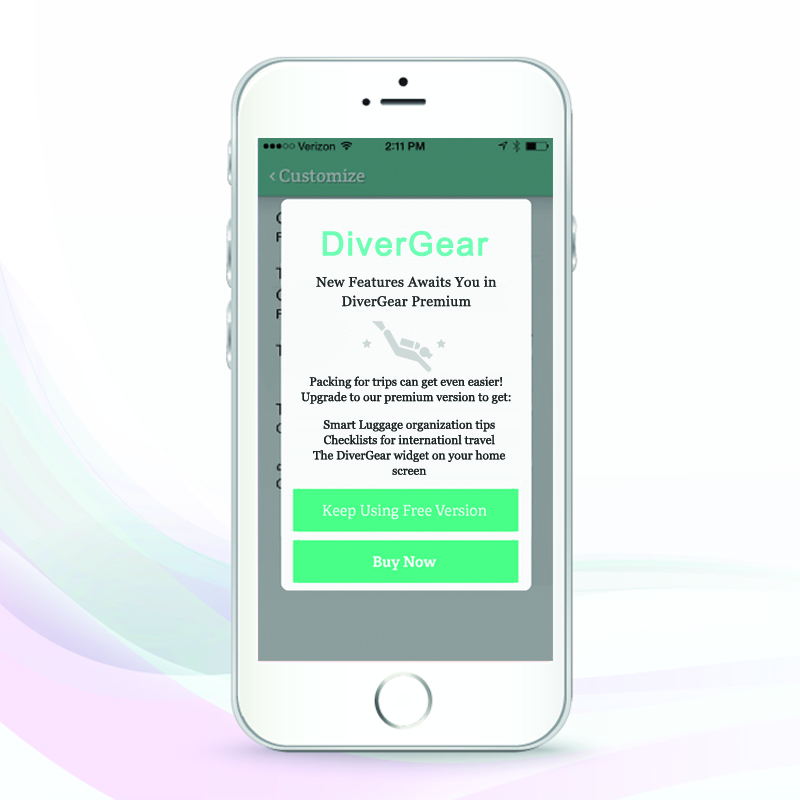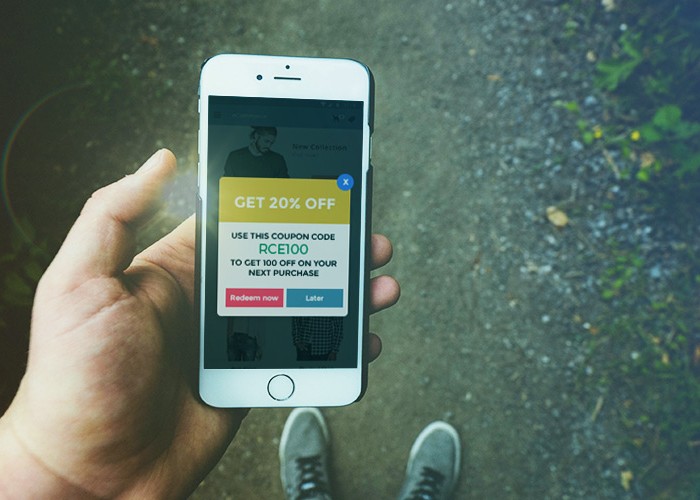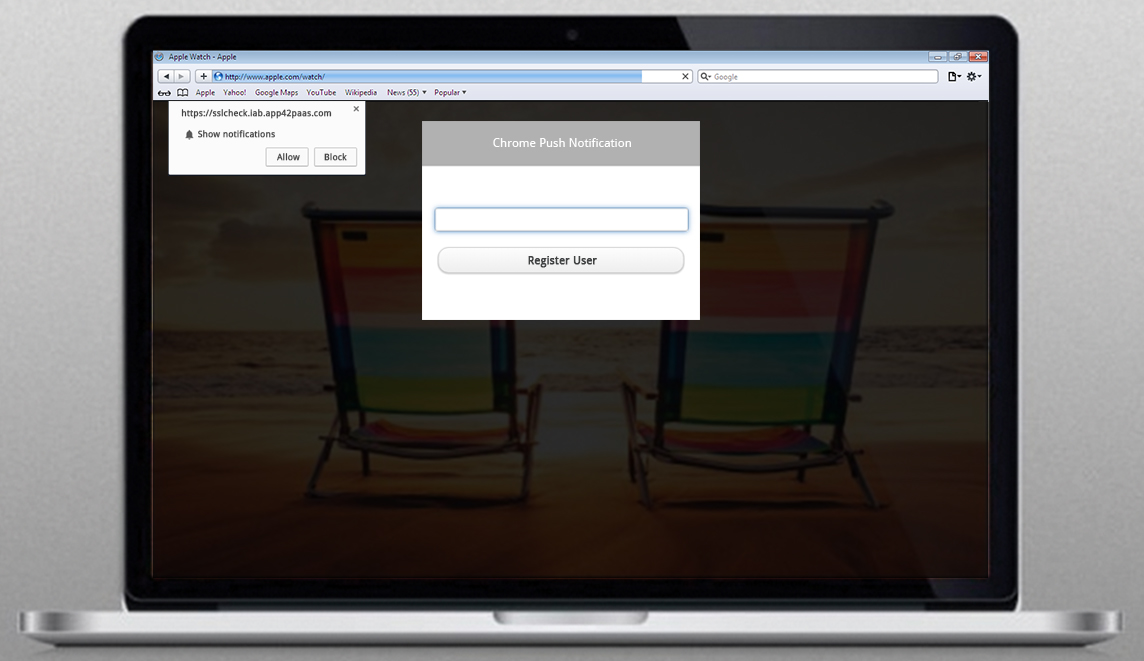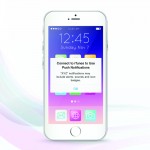Mobile has changed the world as we know it. If you are someone who is looking to market your product, you have got to use mobile wisely to promote it. Of course, there are various tools and ways you can broadcast your message across your customers on their mobiles to engage, retain and convert them but is there is any crash course that tells you which marketing method works under various conditions? Yes, there is.
Let me talk about two most popular features of app marketing: Push Notifications and In-App Messages. While former is the most adorable child of current marketing world, the latter is on the verge of becoming the apple of every marketer’s eye. Let’s take a concise approach to see how exactly these two differ:
Definition
Push: Push Notifications or Push Messages are alerts that are delivered on user’s device in the form of plain text, text along with images, and other rich media forms. They are only sent to users who are not using the app at that moment of time. They are great for engagement or re-engagement of the users to bring them back on the app.
In-App: In-App Messages are delivered on user’s device only when they are active on the app. They can be in the form of plain text, images, video, and other rich media forms. They have a very high chance of getting viewed as the users are already active when they receive the message. They mostly have a call-to-action button and appear as a pop up during activities on the app.

Usage
Push: Whenever there is a need to bring the user back on the app, Push is your go-to method. The user can ignore emails if there are hundreds of them, but hard to ignore when their phone rings/vibrates and there is literally very little chance that the alert would go unnoticed. Use wisely, app engagement gets boosted; use without planning, lose customers.
In-App: Based on the behavior of users and their app activities, In-App messages can be used to optimize users’ experience and flow or for in-app purchases, promotional offers, new feature/level/screen launch, or for direct sales. Because of the extended character limit along with rich media, people generally like to get more creative and have higher chance of retaining the customers for long term. Recently, guiding users with an app walkthrough onboarding has become very popular among app marketers for a very smooth user experience especially whenever there is a change in UI.
Advantages
Push: There are many, literally. Allow me to explain them through use cases: suppose there are users who have neither uninstalled your app yet nor are using it—a well strategized push message can tempt them to come back on app; now suppose there is a special sale going on in an mCommerce company—sending the promo code or sale notification to the user can definitely engage them with their app. Studies have shown that push messages have up to 30% more chances of getting converted than email campaigns, of course, when used with deep linking you can send your user to any desired feature or screen of your app for maximum benefits.
In-App: Since In-App is delivered to only those users who are already interested and engaged in your app, you can make your user do literally anything you want from directing them to any particular screen or feature or letting them know about any recent updates. Unlike Push Notifications, that can turned off forever, In-App messages can be sent to all the active users.
Disadvantages
Push: Deploy unplanned push notification to all the users irrespective of their behavior or time zone or attribute and see your users churn quickly. It is easy to let go many bad emails but it gets very frustrating to receive irrelevant push messages continuously every time the phone rings/vibrates. If a user turns off push notification for your app, there is a good chance that you have lost them forever and it is very likely they are going to uninstall your app soon. Of course, there is character limit and you cannot really summarize everything in your message but making the users feel spammed is a bigger sin than not being able to explain your post correctly to the user.
In-App: The biggest drawback, of course, is that you can only send these to people who are already on your app so the conversion number is directly proportional to the active users. If your user base is small, you cannot expect the number to grow with In-App messages. As much as this is a great way to optimize your user’s experience, it can backfire dangerously if too many unplanned messages are delivered to your already active user—which can eventually lead to user not coming back or worse—your app getting uninstalled.
Best Practices
First and foremost, be it Push or In-App, you got to have detailed analytics integrated in your app. The second step is to track each and every possible thing including user behavior and activities. Then you should create segments based on the analytics you get so that you can deploy campaigns to those groups on the basis of their behavior and other aspects. The copy of your In-App message or Push should really be compelling so that the user does not feel spammed and actually gets something very beneficial out of it, otherwise it does not do anything else except raising frustration levels. Use A/B Test whenever there is a confusion between different copies to figure out which of them works best. The need for optimization is at its peak when it comes to content.
The last and the most important thing to look out for is the timing. There are two kinds of Push Notifications, to be specific. First, that talk about transactions or successful completion of any funnel—those should be sent immediately to inform the users about successful transaction. Second, that focus on campaigns of engagement—these need to be timed very well based on the analytics. Let’s say, if a movie releases on Friday on a ticket booking app but a group of customers book the tickets only on Thursday because of low fares then it is imperative that a notification be sent on Thursday as a reminder. Similarly, if there is a massive sale on a global shopping app, the notification must be sent according to the time zones so that nobody receives at an odd time to feel disturbed. Timing, really, is the key. Of course, the same applies on In-App Messages where you have to avoid deploying pop ups when analytics clearly show the users are already aware of that message. Let’s say in a game if a user is stuck on a particular level, a message can be sent to help them out or let’s say if a user is searching for shoes in a shopping app and there is a discount on a particular brand, an In-App message can be sent to make them aware and direct them to that brand screen.
A wise app marketer is one who combines Push and In-App to get maximum out of their app. In a conversion funnel, a Push message can help to bring dropped off users to come back on that particular level and an In-App can smoothen out the user experience and flow to increase conversions. Of course, there many other ways of engaging and converting your users, feel free to check out our marketing automation tools to know more about them.
Should you have any query, suggestion or any issue, please write to us at support@shephertz.com, we will be happy to connect with you.






















Leave A Reply